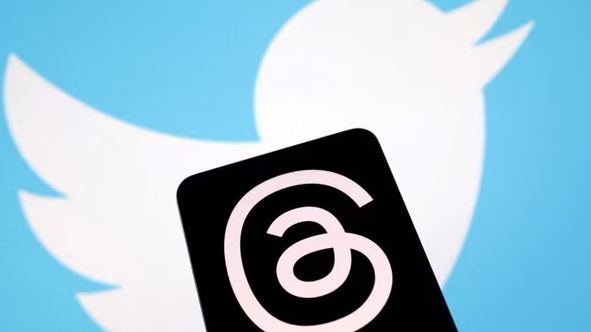In the ever-evolving landscape of social media platforms, the rivalry between tech giants Elon Musk and Mark Zuckerberg has taken a new turn. This time, their respective apps, Twitter and Threads, have become the center of attention. As these influential figures vie for dominance in the social media realm, a closer look at the key distinctions between their platforms becomes imperative. Let’s explore the ten major differences between Elon Musk’s Twitter and Mark Zuckerberg’s Threads.
Purpose and Focus:
Twitter, the brainchild of Elon Musk, is a versatile microblogging platform designed for sharing short, concise messages known as tweets. On the other hand, Threads, developed by Mark Zuckerberg, is a messaging app aimed at facilitating private group conversations within close-knit communities.
Public vs. Private Communication:
Twitter emphasizes public engagement, allowing users to share tweets with a broad audience. In contrast, Threads prioritizes privacy and fosters more intimate discussions among select groups of individuals.
Length of Messages:
Twitter’s tweet limit of 280 characters encourages users to express thoughts succinctly, while Threads offers a more conversational format, permitting longer messages and enabling deeper discussions.
Thread Organization:
Twitter primarily relies on chronological order for tweets, while Threads focuses on organizing conversations into threads, making it easier to follow specific discussions within a group.
Group Dynamics:
Twitter enables users to engage in public conversations with anyone, fostering open dialogue. Threads, however, facilitates private group conversations, emphasizing a sense of exclusivity and intimacy among participants.
Multimedia Integration:
Both platforms support multimedia content, but Twitter places more emphasis on quick sharing of images, videos, and gifs. Threads, on the other hand, leans toward a more seamless integration of multimedia, prioritizing a richer, immersive experience within private conversations.
Integration with Other Apps:
Twitter offers extensive integration capabilities, allowing users to share tweets across various platforms and apps. Threads, as a standalone app, focuses on streamlining conversations within its platform without extensive external integrations.
User Interface and Design:
Twitter boasts a familiar and user-friendly interface, featuring a single timeline for tweets. Threads, however, presents a distinct interface, centered around group conversations, and employs an intuitive design for navigating and engaging within specific threads.
Discoverability and Explore Features:
Twitter offers an Explore feature, enabling users to discover trending topics, accounts, and hashtags. Threads, being more private and community-focused, lacks a similar discoverability feature, as its emphasis lies on connecting with existing groups.
Profile Customization and Personalization:
Twitter provides users with a range of options for profile customization, including bios, headers, and profile pictures. Threads, with its focus on group conversations, has limited personalization features, as it emphasizes the collective experience rather than individual profiles.
As Elon Musk’s Twitter and Mark Zuckerberg’s Threads continue to shape the social media landscape, their contrasting features reflect the diverse needs and preferences of users. While Twitter embraces public engagement, brevity, and rapid sharing, Threads fosters private, more extended conversations within exclusive groups. Understanding these ten major differences will help users choose the platform that aligns with their communication style and social networking goals.

